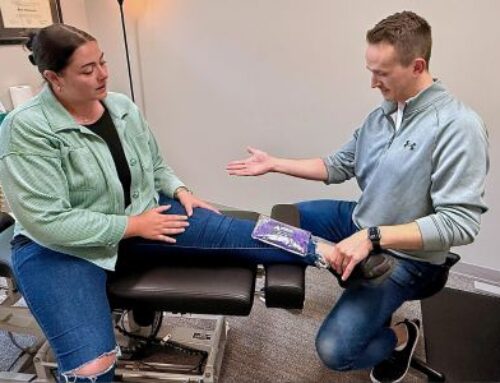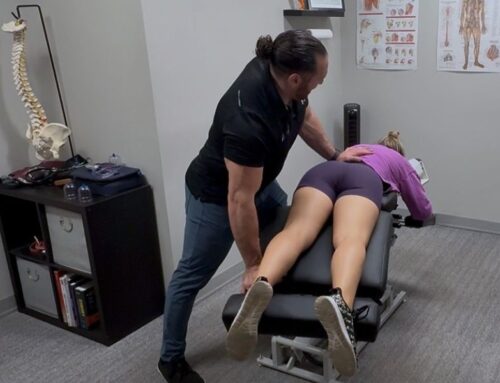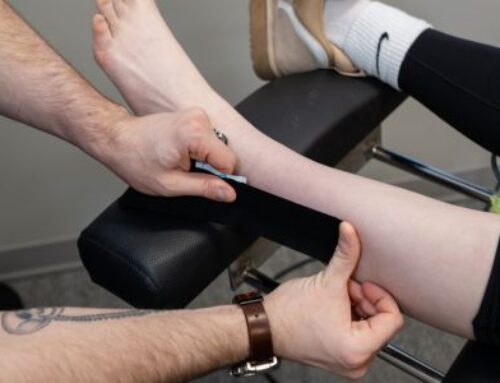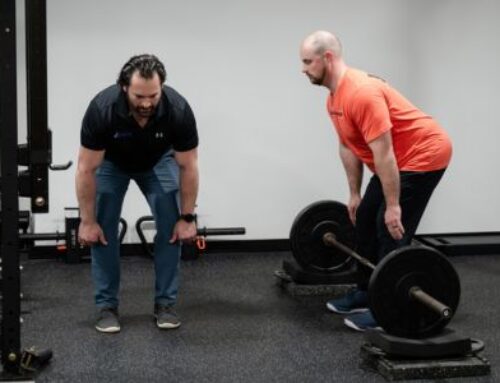Healthcare needs to address more than just physical symptoms. The biopsychosocial model is a comprehensive approach to patient care. In this post, we’ll define the biopsychosocial model, look at its significance in healthcare, and explain its application in chiropractic care.
What is the Biopsychosocial Model?
The biopsychosocial model is an approach to healthcare that integrates biological, psychological, and social factors in the understanding and treatment of disease. It goes beyond the traditional approach of just focusing solely on physical aspects of a patient. This model acknowledges the complex interaction between body, mind, and environment.
This model leads healthcare providers to consider the emotional and social circumstances of the patient, leading to more personalized and effective treatment plans.
Why is the Biopsychosocial Model Important?
This model encourages the provider to consider all aspects of a patient’s life, which leads to a more comprehensive approach to care. Research shows that addressing psychological and social factors in addition to biological ones can lead to better health outcomes. For example, a study found that patients who received biopsychosocial care had a 20% higher rate of recovery compared to those who received only traditional biomedical treatment. Not only does it have better outcomes, it often makes the patient feel more understood.
A few ways we can use the Biopsychosocial Model
One of the best ways to help a patient is with education. Educating patients about the impact of lifestyle factors, such as stress and social ties, on their physical health can help prevent the onset of certain conditions. Another way we can use the model is by combining chiropractic adjustments with cognitive-behavioral therapy and social support. These patients often achieve better pain control and improved mental health. Lastly, one of the simplest things we can do as a provider is to fully listen to our patients. By doing this we can start to see the full picture.
The biopsychosocial model offers a more complete approach to healthcare, leading to better patient outcomes and satisfaction. By integrating this model into chiropractic care, we can address multiple factors that influence our patients’ health and lifestyle.
Resources:
Jaini, P. A., & Lee, J. S. (2015). A Review of 21st Century Utility of a Biopsychosocial Model in United States Medical School Education. Journal of lifestyle medicine, 5(2), 49–59.





